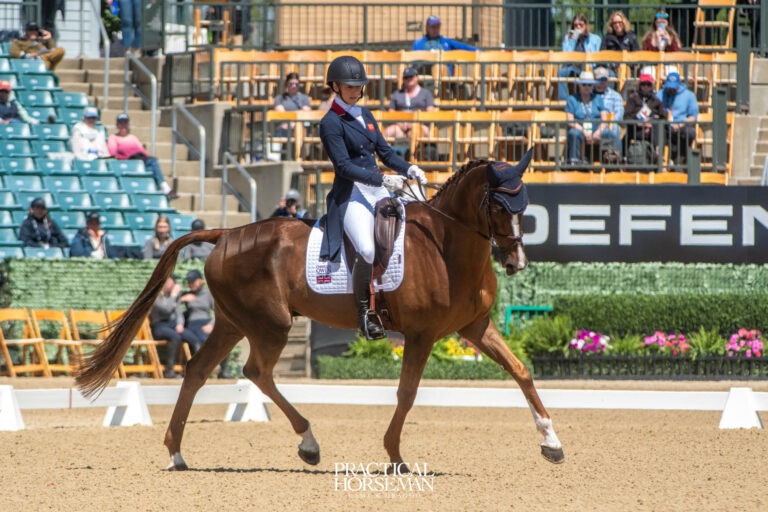I know a lot about seeking perfection. I’m not perfect yet, but I’ve been searching for it my whole life. Perfection, the holy grail, has eluded me, burdened me, and robbed me of a lot of joy, but that hasn’t stopped me from looking for it at every turn. If you are a perfectionist like me, you know that once we attain it, we’ll be happy, everyone will love us, we’ll win only championships, and life will be great. Right?
Ok, not so fast. What’s true about the above is that I’ve personally wrestled with the curse of perfectionism—in riding and in life—for many years. And, as a sport psychologist, I work every day to pry my clients off the illusion that perfection is the destination. It pains me to see how much distress perfectionism brings and how it robs so many riders of joy in their riding.
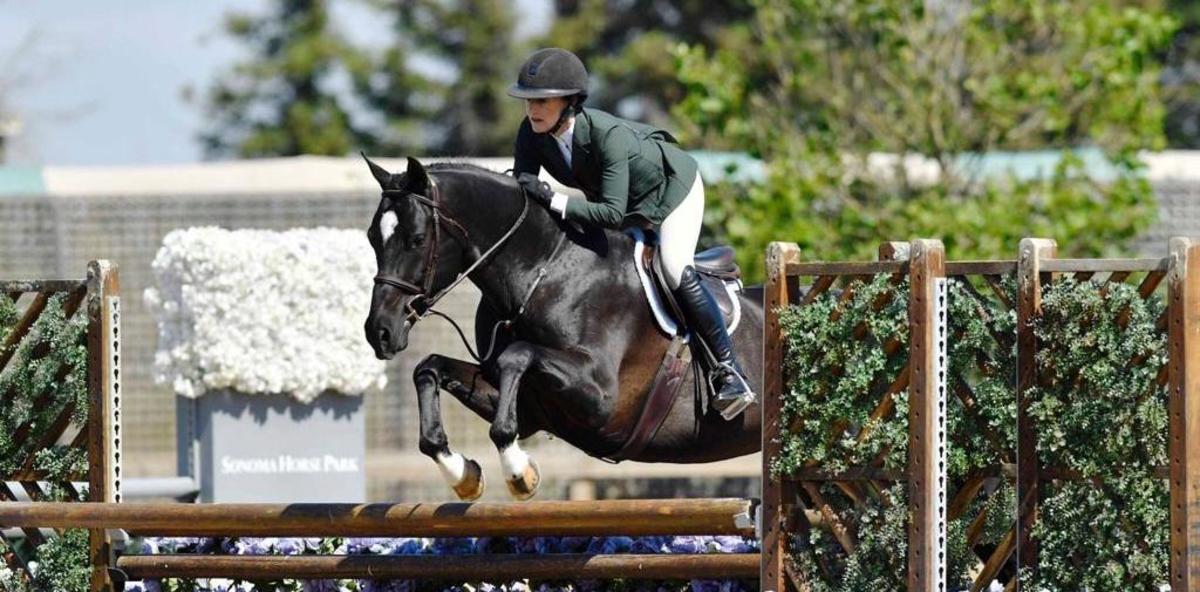
The reality is that the search for “perfection” fuels us to a point and burdens us after that. My clients know that I challenge them when they use the word “perfect.” What is perfect? I have no idea what that means. Nothing is perfect—it’s all a negotiation, a refinement, or an adjustment of some sort. Maybe there’s a perfect moment, but then it’s quickly followed by an imperfect moment and the need to adjust, adapt, and keep going.
Just yesterday, I was schooling a 5-stride line, allowing my horse CB to get up it early, so he would balance himself on the last stride without any rush or swap. When we got it right, the oxer felt beautiful—perfect—but on the landing stride he fell in to the right and we were late with our lead change. The oxer may have been ‘perfect,’ but the landing was not, and I needed to get right back to work to correct the landing.
Why do I hear so much about perfection and the angst of not being perfect? How do we deal with this affliction? After all, “perfection” is also a motivator for us high achievers.
The ‘why’ is a big question, beyond the scope of this article, but I will touch on a few thoughts. The desire for perfection — and the belief that it is achievable — is a modern cultural phenomenon. There is so much societal messaging about being perfect, especially for us women. We’re supposed to get perfect grades, have a perfect figure, be perfectly dressed — the list goes on. We are on the hunt for perfection in every part of our lives. And we are continually told certain products or services will make us perfect. Just take a glance at media in any form and you know what I’m talking about.
For riders of all disciplines, the relentless search for perfection shows up in my virtual office every day with claims of, “I couldn’t find a perfect distance, so I froze,” “I’m looking for a perfect horse,” or the “ride wasn’t perfect (so I gave up).” The variations on this theme are endless. I consider striving for perfection a serious affliction, a chronic condition that needs to be managed carefully. Left unbridled, this pursuit can wreak havoc with our confidence, enjoyment, and performance.
Ok, so how do we manage the pursuit of perfection?
1. Release the word ‘perfect’ from your vocabulary. There is no such thing. It’s a judgmental word, and none of us needs more judgment in our riding or our life. I do not allow my riders to use the word perfect (or, for that matter, ‘bad’). I want to hear more descriptive words when reviewing rounds or rides. There are always parts of a ride that are effective, and parts that need refinement. Specific feedback is more accurate and more helpful in improving your next ride. Praise yourself for the pieces that you executed well and give yourself constructive feedback on the parts of your performance that need refinement. Don’t allow yourself to be harsh, overly critical, or punitive.
Here’s an example of specific, constructive self-feedback: “Overall, I was pleased with my ride. I started with a good jumping canter, with good pace and balance. The first fence was soft, and the lead change was straight and clean. The next line was balanced with good pace. Coming to the bending line, my horse got heavy in the hand and then I got pulled past my distance. I put my leg on and balanced him up, and straightened out the line to recover well, and then he was straight and forward to the in an out. In my next ride I plan to be deliberate about getting him balanced in the turns and keep my reins shorter for more control.”
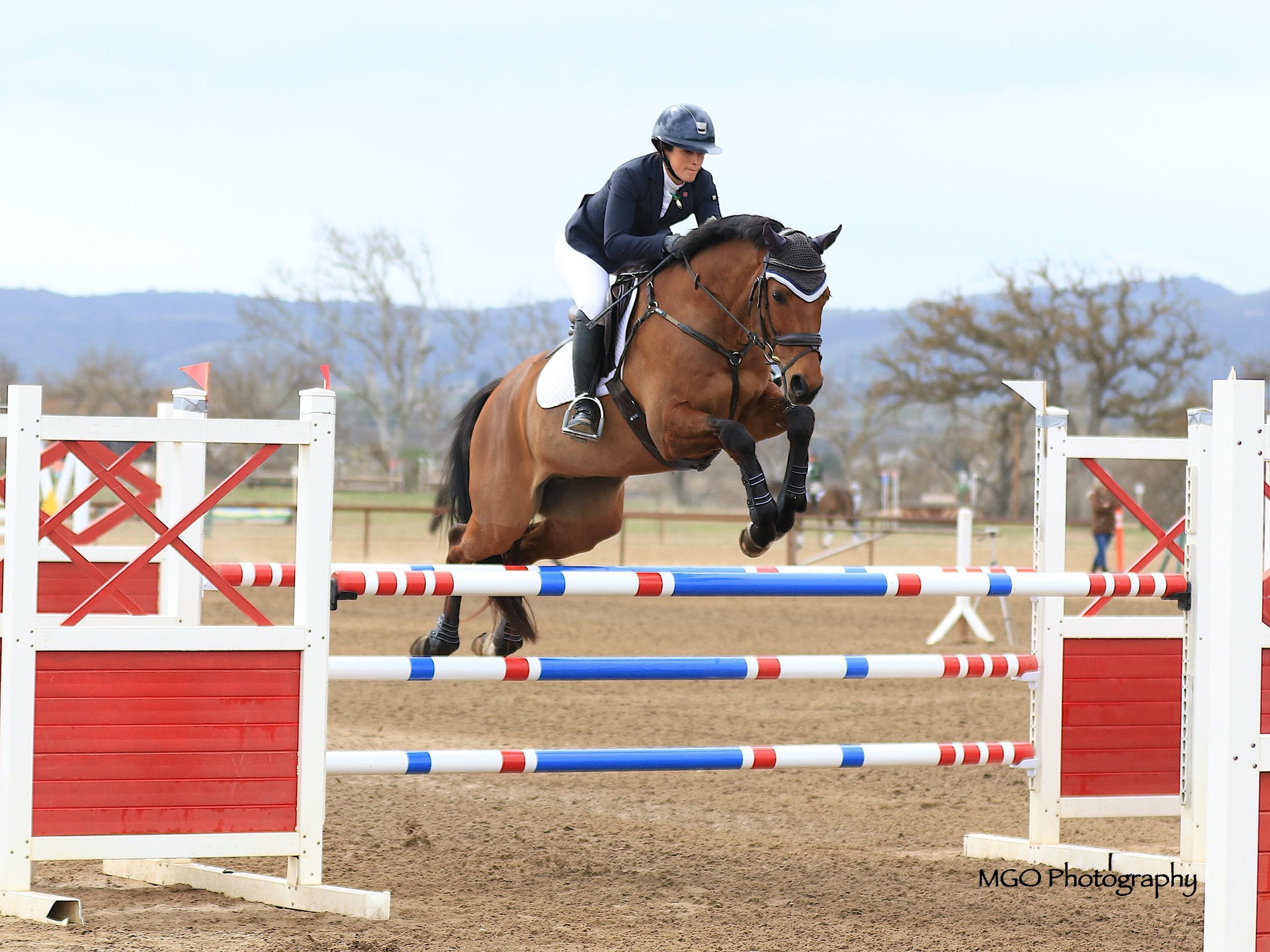
2. Remember to own your rides. What do I mean by this? Owning means you know what you are working on, and what constitutes an effective ride for you today. Like my example above, I am clear about my goals for my next ride. Owning means you’re not comparing yourself to others. You are responsible for where you are in the process of learning to be the rider you want to be. Understanding this is essential for effective performance and for enjoyment of the process. I find that owning one’s rides releases stress and allows riders to be maximally effective.
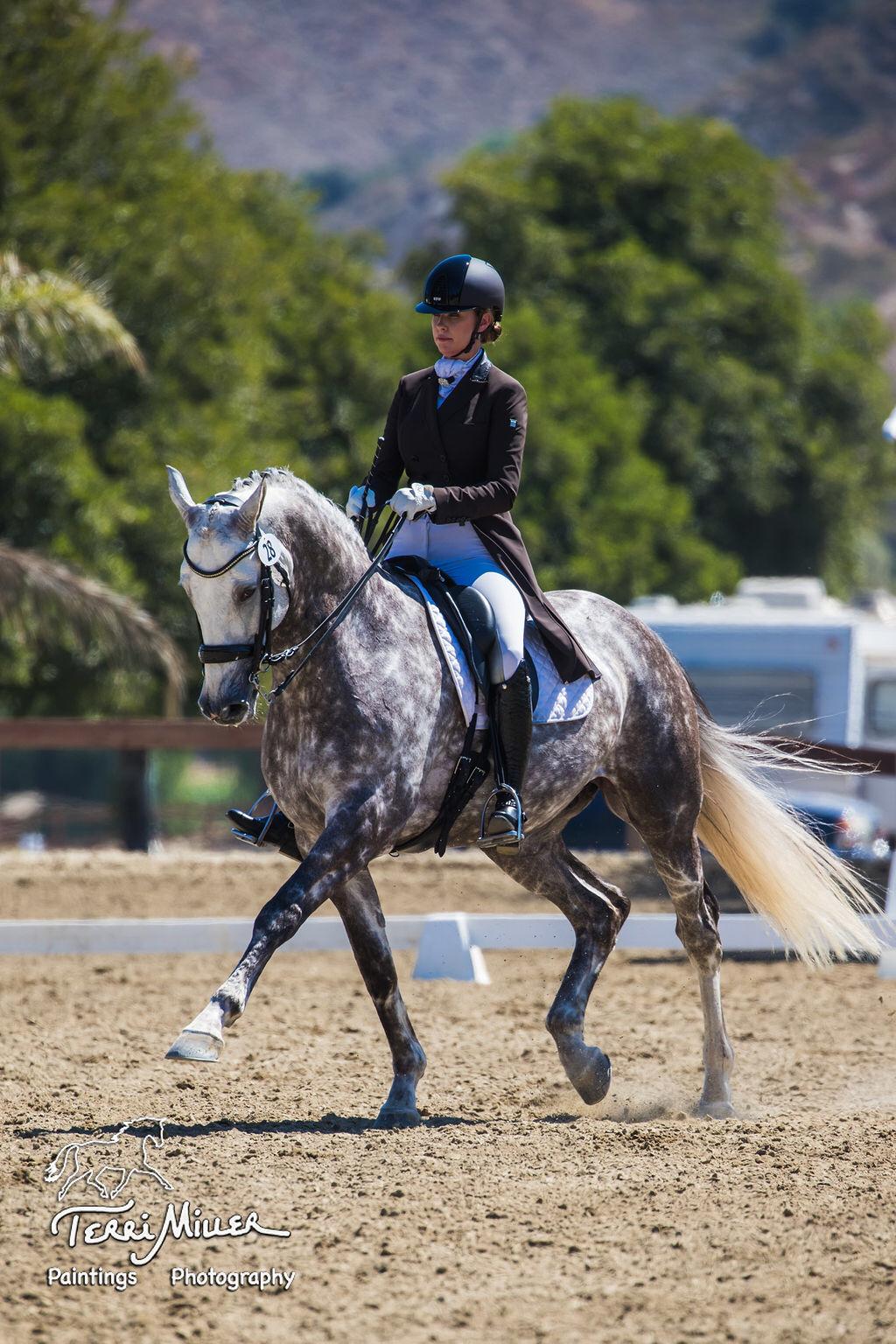
3. Seek to continually learn with a goal of mastery but not perfection. Adopt the attitude that you are a student of the sport, and you will continue to be the rest of your life. Embracing a growth mindset means that every day, you seek to learn something new, and that your goal is to come back tomorrow a little better and wiser than today. Remember, the best riders are perpetual students — they are humble about their successes and about how much there is yet to learn.
4. Challenge yourself by asking what’s underneath your pursuit of perfection. My initial cheekiness aside, most of us have a story we tell ourselves about perfection, a story that is only partially conscious. The story often goes like this: “If I’m perfect, I will be loved, safe, and content.” Take a deep dive into your beliefs about perfection and see what you can learn. If you can challenge your fallacy, you can start to let go of it. You might get together with a similar minded friend and talk it out — hearing some of her false beliefs about perfection might help you release your own.
Finally, remember to have compassion for yourself as you seek to temper your perfectionism. As I mentioned at the beginning, striving for perfection is a challenge I’ve wrestled with all my life. While it has its benefits, such as motivating me to continue striving to be the best version of myself, both in the saddle and in life, it also brings some painful consequences. When that perfection needle creeps up, I know it’s stopped being a motivator and has transformed into something detrimental to my self-esteem and happiness.
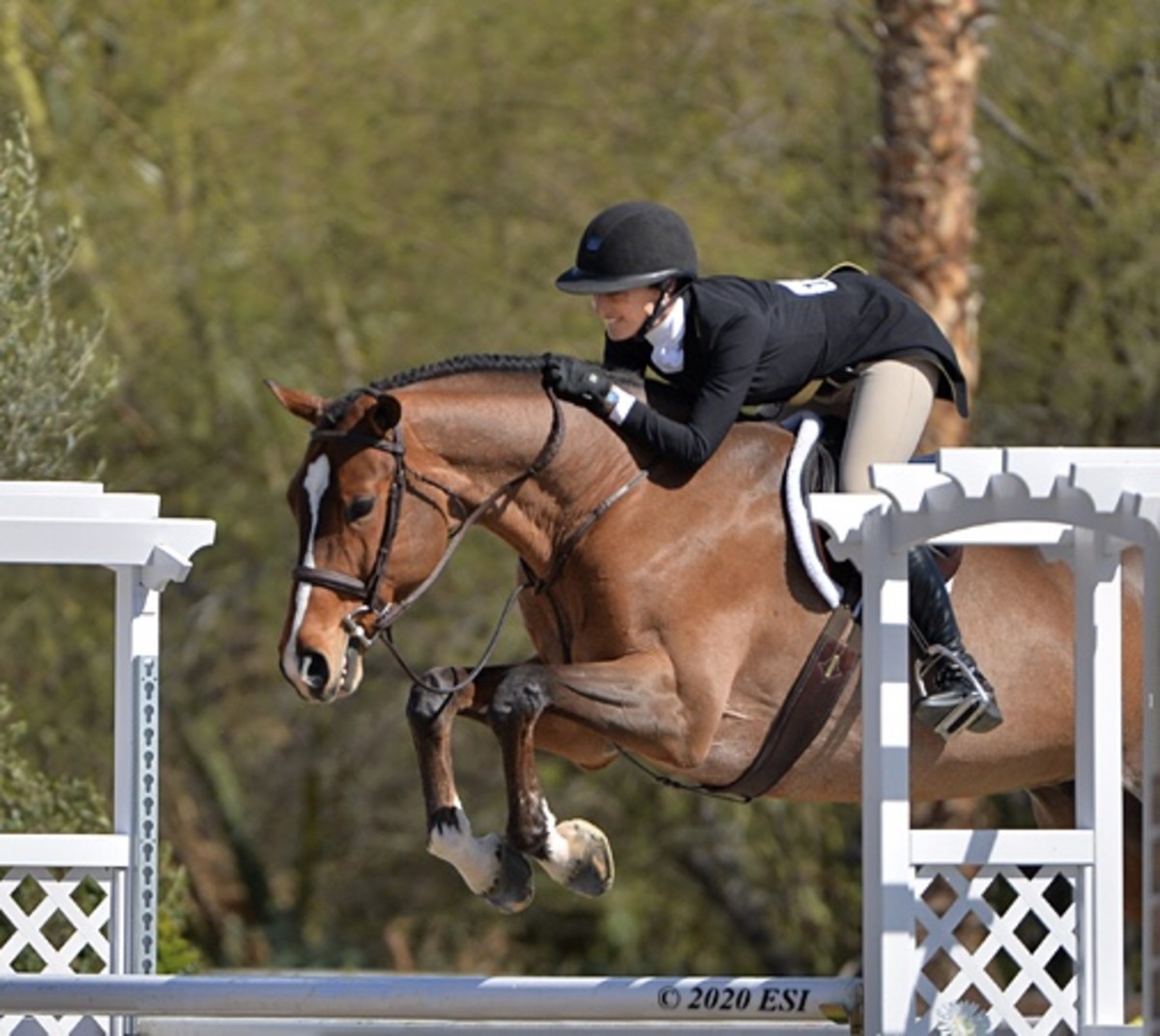
Darby Bonomi, PhD is a sport and performance psychologist for equestrians and a competitor in both the amateur owner hunters and adult medals. She lives in San Francisco, California. Learn more about her at www.darbybonomi.com.





